Category: Physics
-
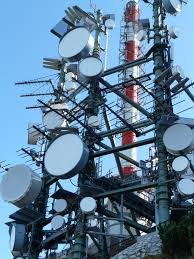
Detection of Electromagnetic waves
Detection of Electromagnetic waves like Gamma Rays, X-Rays and visible light is usually accomplished by devices or gadgets. The human eye can only detect only a small portion of this spectrum called visible light. A radio detects a different portion of the spectrum, and an x-ray machine uses yet another portion. Gamma Rays Detected by…
-
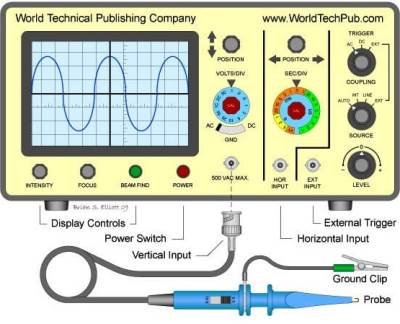
3 great Uses of C.R.O
Some uses of C.R.O includes measuring of electrical potential as a voltmeter, television displays and in measuring frequency of signals. Uses of C.R.O as a voltmeter C..R.O can be used as a voltmeter when it time base circuit is switched off and the voltage to be measured is connected across the Y-plates while the X-plates…
-

Measuring with a ruler 1
A ruler is a tool mostly used to measure small lengths. A metre rule has a length of one metre, which is equal to one hundred centimeters. A ruler, also known as a rule, scale and sometimes a line gauge, is an instrument used to measure lengths. A user estimates a given length by reading…
-
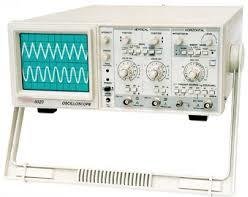
The cathode ray oscilloscope (CRO)1
The CRO The cathode ray oscilloscope is an electrical test device used to produce waveforms in response to several input signals. It was originally known as an oscillograph. It is a development of the cathode ray tube. A standard cathode ray tube has the following parts: Inside the cathode ray oscilloscope, the main parts are…
-
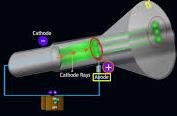
Properties of cathode rays
The term “properties of cathode rays” refers to the various physical characteristics and behaviors observed when cathode rays are studied under different conditions. properties of cathode rays includes: Showing that cathode rays travels in a straight line When an opaque object is placed between the screen and the cathode in the path of the cathode…
-
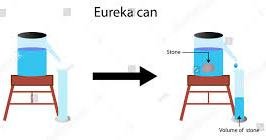
Volume of irregular solids
Volume of irregular solids are measured using a method known as displacement. A solid whose volume is needed must NOT be soluble in water. The method involves immersing the object in water. Similarly, the object should NOT be capable of absorbing water nor reacting with water. Displace methods can be used in two different ways to measure Volume of irregular solids:…
-
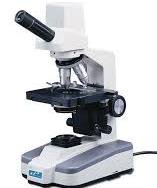
Len’s power and combinations
Len’s power is defined as the reciprocal of its focal length f, expressed in meters. The formula is P=1/f. P = \frac{1}{f}P=f1. For example, a lens with a focal length of 0.5 meters has a power of 10.5=2\frac{1}{0.5} = 20.51=2 D. Series Combination: When lenses are placed in series (one after the other), the total…
-

focal length by displacement
Focal length by displacement is a method of estimating focal length of a lens by changing position of a lenses and observing the image formed on a screen while distance between object and the lenses is unchanged. Ensure you have the following apparatus: Procedure to estimate focal length by displacement Deriving the displacement formular from…
-
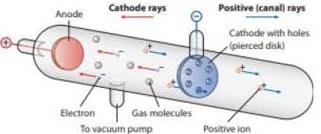
Introduction to cathode rays
Cathode rays are streams of negatively charged particles, or electrons, that are accelerated from a cathode to the anode within a vacuum tube by an electrical potential. Before the electrons are accelerated, they must be extracted from a atoms and be on the surface. Electrons are first extracted from from the nuclei to a metal…
-
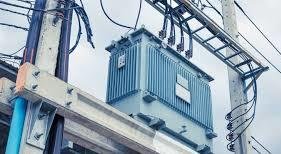
Transformers
Voltage control with transformers involves use of step up or step down transformer to change voltage being transmitted from one value to another. Voltage control with transformers is an essential aspect of electrical systems. In order to maintain stability and regulate voltage levels, transformers play a pivotal role. This document explores the significance of voltage…
